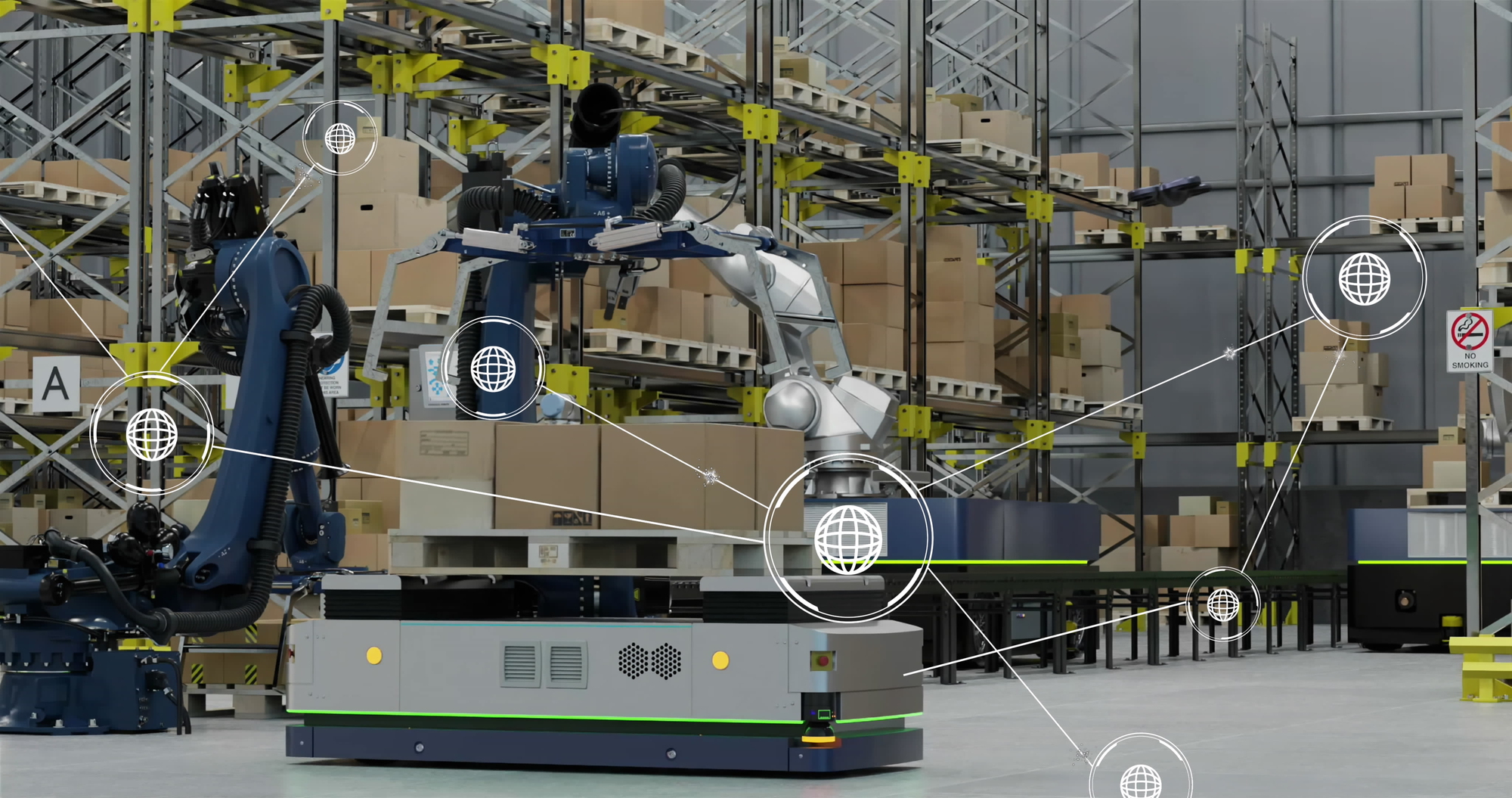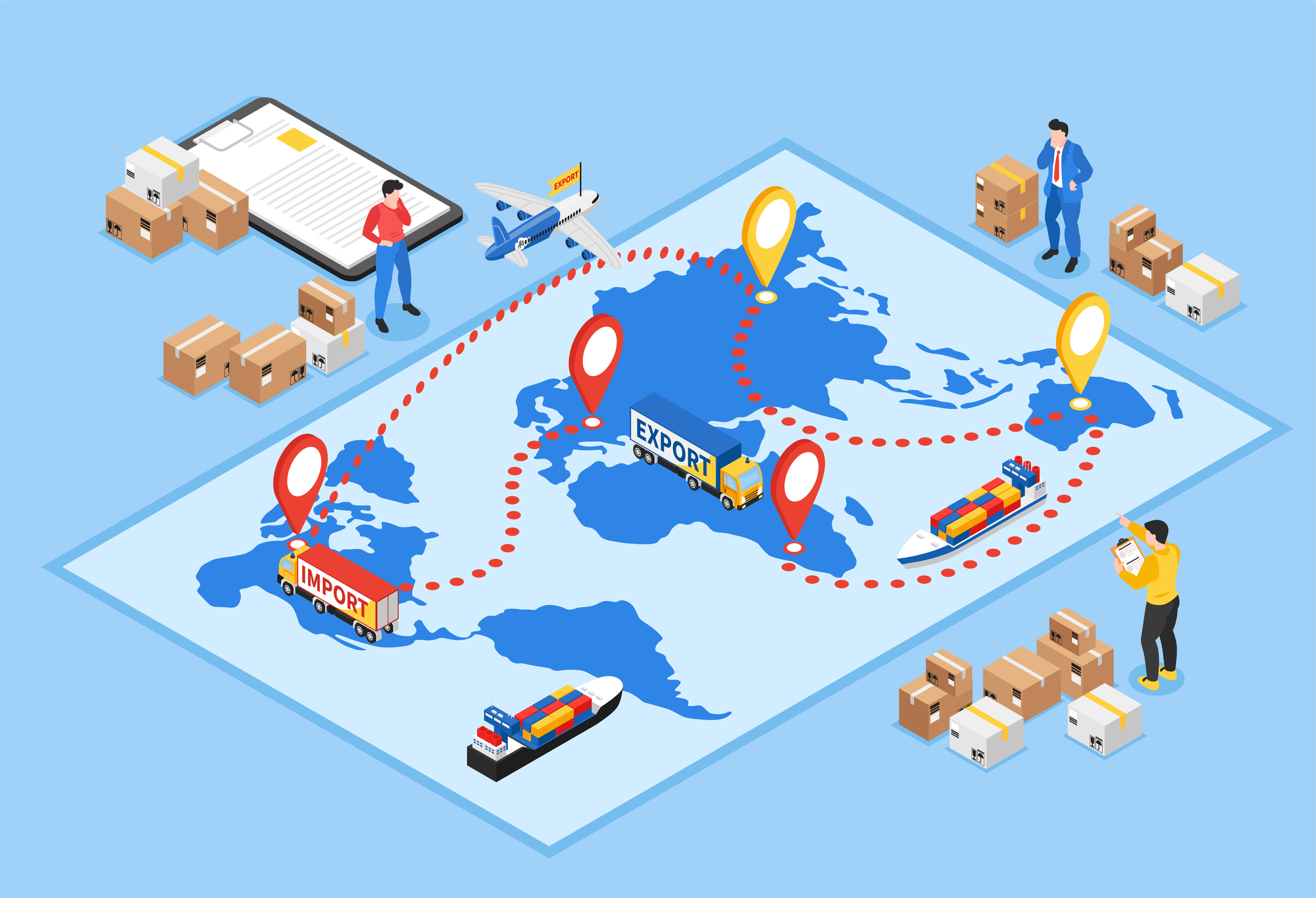In today’s reality of extreme weather and dramatic climate shifts, environmental sustainability is one of the single greatest challenges facing the current and next generation. There is increasing regulatory pressure and expectation that companies should report on their environmental and social governance (ESG) performance. How a company operates regarding the planet (and its people) has increased in importance because socially conscious consumers, employees and investors now use ESG criteria to screen organizations, making sustainability performance the competitive differentiator of the future.
Climate and the current supply chain crisis
With ESG matters increasing in the spotlight, sustainability, ethics and a business’s ability to govern them are becoming an essential business practice.
- 59% of US consumers say a company’s purpose and values play an important role in their purchasing decisions.
- 44% of Millennials and 49% of Gen-Zs claim to have made choices about the type of work they are prepared to do or organizations they’d work for based on personal ethics.
- 61% of Generation Z feels “very or extremely” worried about the future, citing concerns such as climate change.
Extreme climate is extending the current supply chain crisis, driving organizations to assess the reliability, efficiency and resiliency of their supply chain. The ability to evidence strong ESG credentials positions retailers, manufacturers, and other multi-site facilities management (FM) organizations strongly against competitors. Top organizations are increasingly leveraging digital supply chain management strategies and emerging technology to drive environmental sustainability as a measurable performance goal.
The challenge facing the global supply chain
Inefficiency in the supply chain can have an enormous impact on the environment. The rise in consumerism and the need for immediate gratification that is driving rapid adoption of eMobility and mobile procurement technology is increasing the need to address it sooner rather than later. For example, warehouse and inventory accuracy levels decrease because of supply chain disruptions, triggering more stock outs and spot buys. This, in turn, increases demand for these critical supplies. With decades of demand to meet, suppliers start extending lead times, ports experience blockages, and shipping containers become a rare commodity – which all result in higher transportation costs. Higher transit costs lead to less efficient routes in greater frequency.
To compensate, larger multinational organizations are securing their own ships to move cargo (a trend we are already seeing). More ships and trucks in circulation increases emissions and the carbon footprint overall, which in turn increases the planet’s temperature and causes more extreme weather that causes more disruption to the health of the global supply chain.
Now quantify this chain of events across multiple industry sectors, with multiple organizations, each having multiple facilities and stores to maintain, each having their own array of parts and demand for materials and supplies that they have little to no visibility into and each part has its own packaging…Although our current situation seems overwhelming, if each organization starts by doing what’s necessary, together we can achieve the impossible.
Bringing supply chain into the environmental sustainability conversation is a must, and having visibility into how your MRO and spare parts supply chain impacts business outcomes is key. Digital supply chain transformation can reduce an organization’s environmental impact while improving business outcomes.
MRO supply chain and spare parts management has real impact both upstream and downstream:
- total cost of ownership of production and facility assets
- actionable data on material, supplies and part spend
- the ability to tie spend data into service/work order data
- the impact of asset uptime and technician productivity on throughput
(Read more about these commonly overlooked areas of MRO and FM spare parts supply chain.)
Now more than ever organizations must leverage their MRO and FM spare parts supply chain to support environmental sustainability. SDI has helped thousands of businesses in nearly every industry reduce their carbon footprint and save money through implementing sustainable supply chain strategies. Part 2 in this blog series outlines some progressive, mainstream, and emerging approaches as well as recommended steps to jump-start an eco-friendly digital supply chain transformation strategy.
If you’re interested in hearing more about how we’ve helped our clients and how we can help you, contact us. We look forward to speaking with you!




